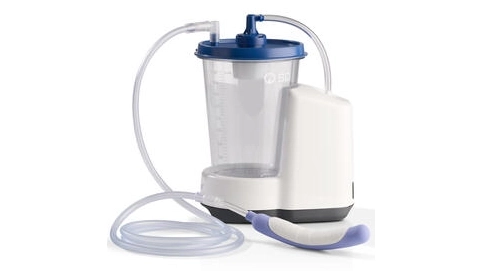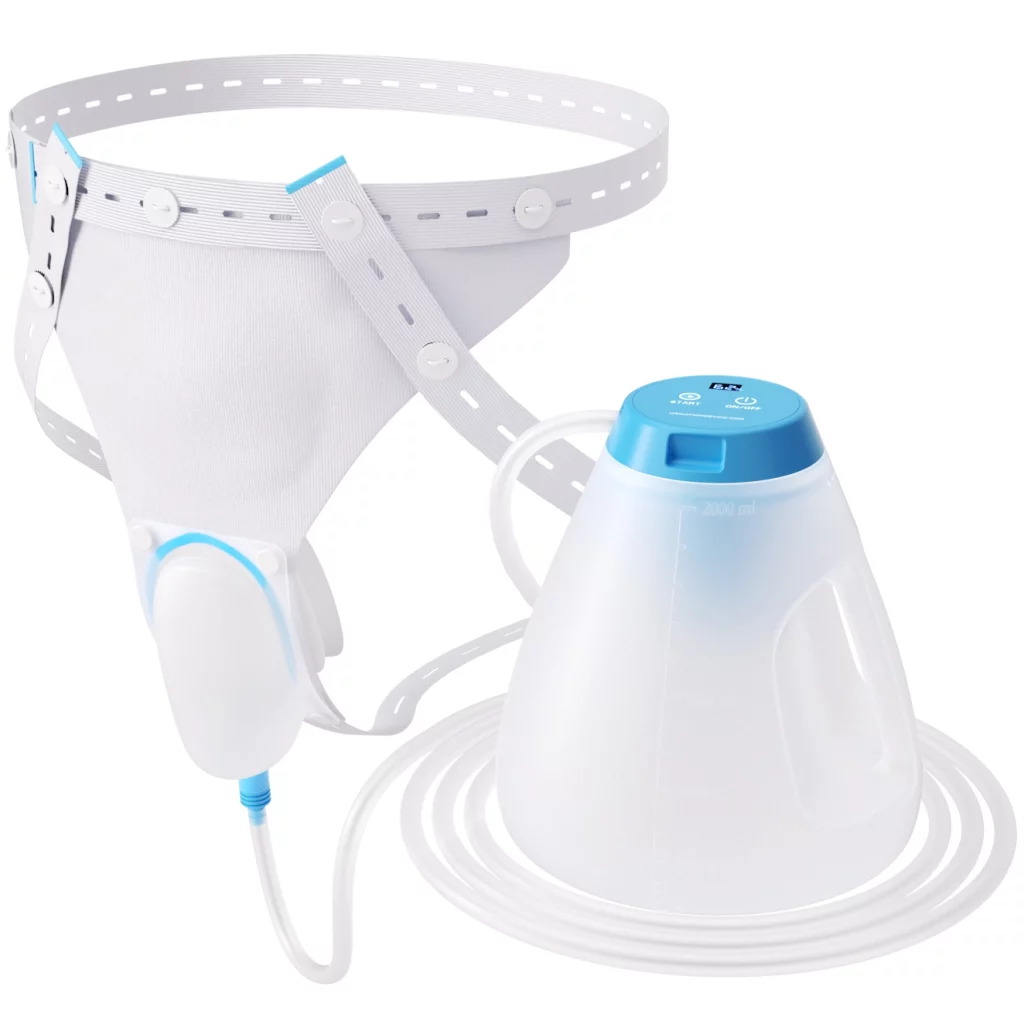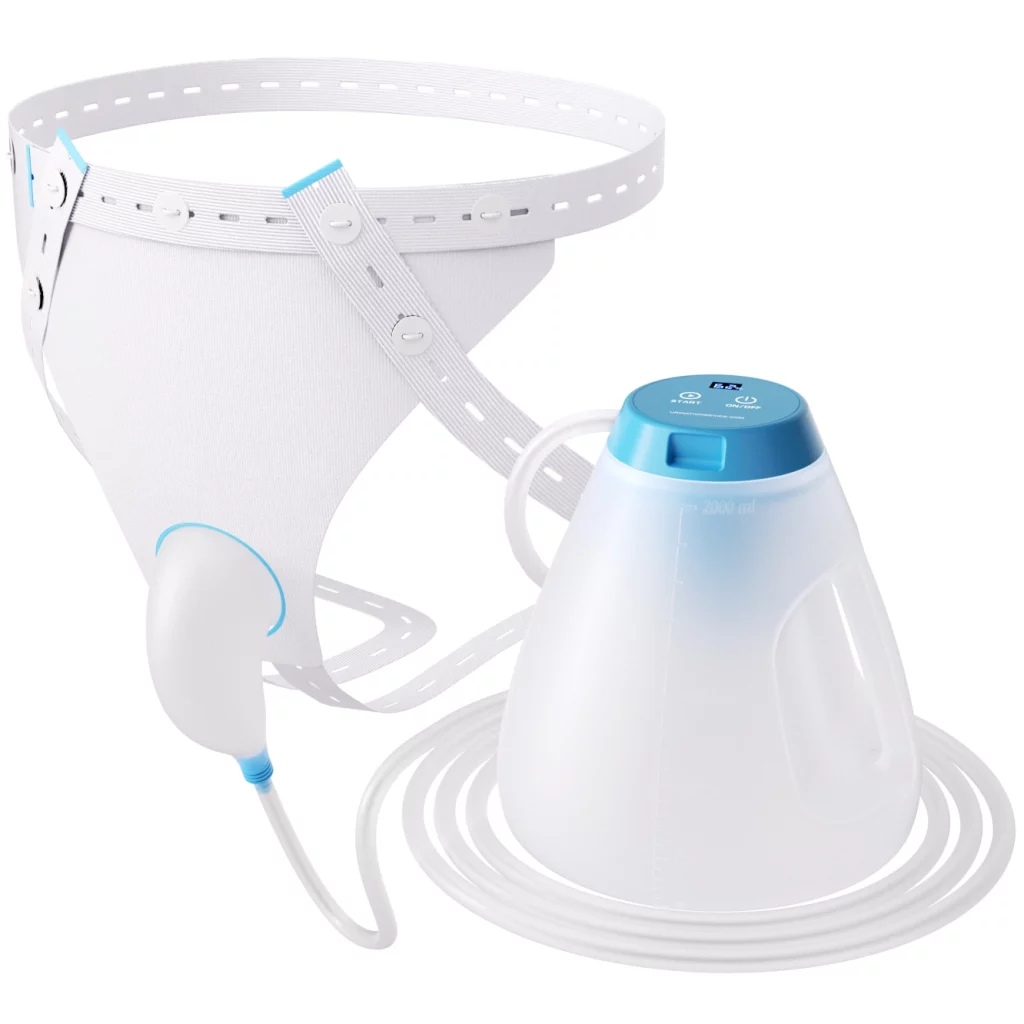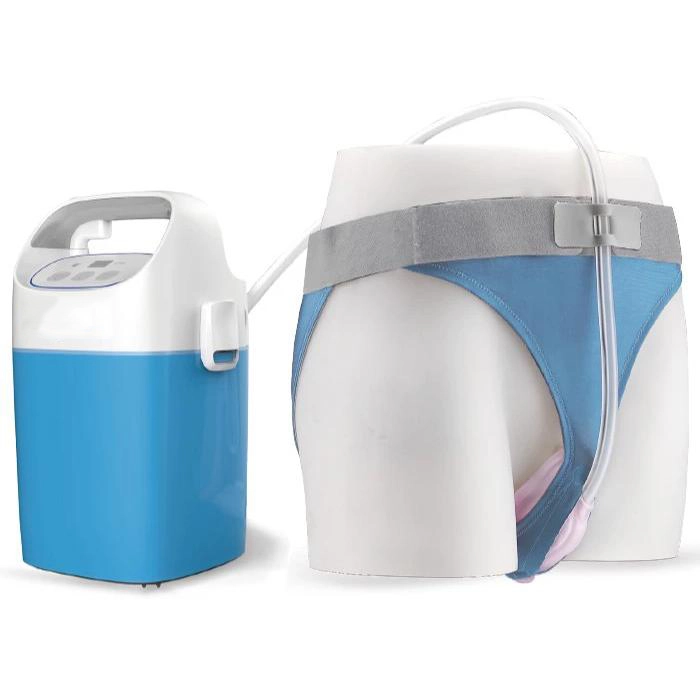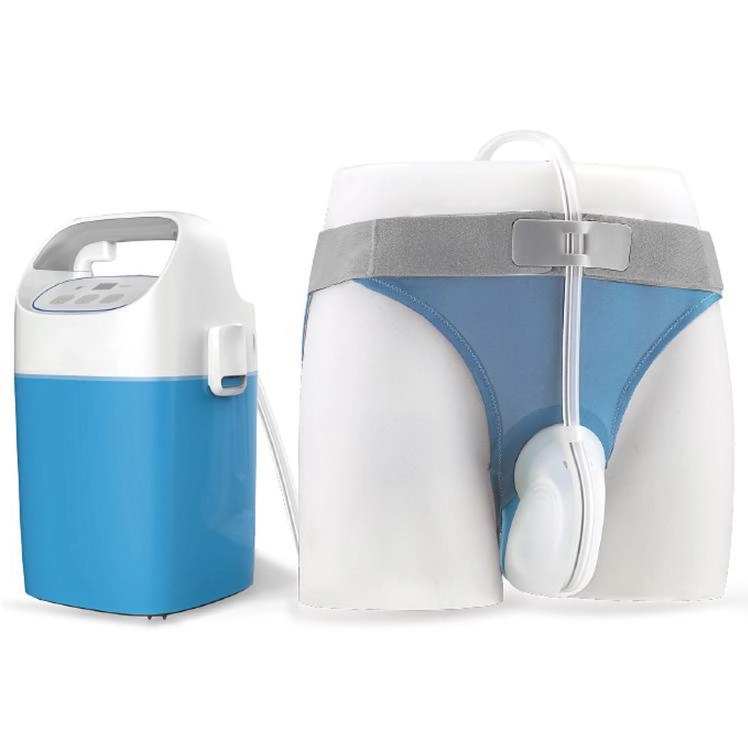Urination Devices for Urinary Incontinence
If you suffer from urinary incontinence, then you have likely already tried adult diapers. While adult diapers come with a range of benefits – including containing urine leakage – they do also come with a range of difficulties. It may be difficult to get a good night’s sleep while wearing an adult diaper, especially after you have relieved yourself mid-sleep. Many users have to change their diapers during the night, while the general idea around adult diapers also comes with a sense of embarrassment. You may have also tried a range of other products to try and contain your urinary incontinence without compromising your sleep, to limited success. However, we are proud to announce that we now provide one of the leading automatic urination devices on the market as per different types of urinary incontinence, and we are dedicated to helping sufferers of urinary incontinence without compromising on their comfort and lifestyle.
Different Types of Urinary Incontinence
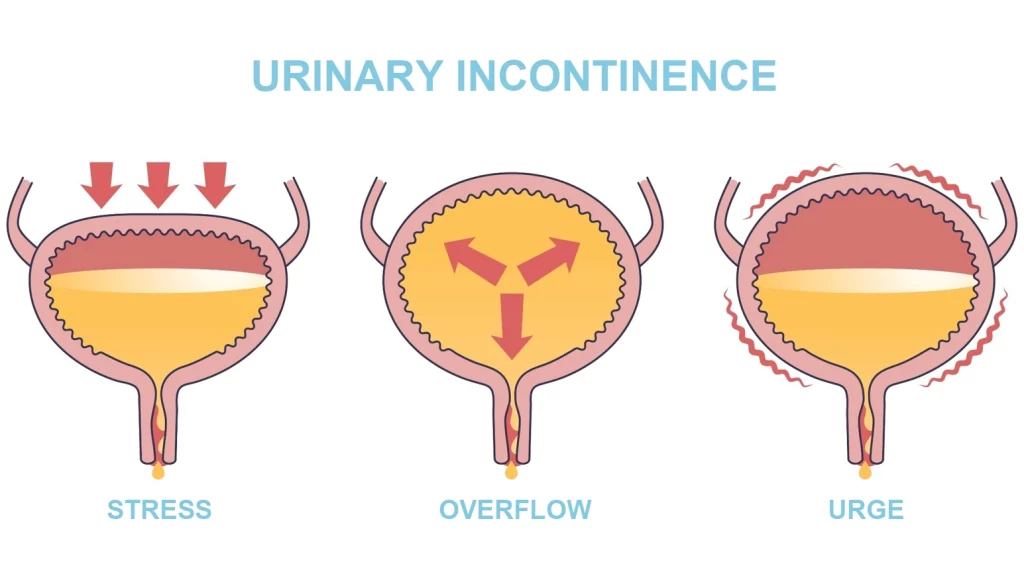
Stress Incontinence – As the name suggests, this type of urinary incontinence revolves around stress. When the abdomen is put under increased pressure during heavy lifting, jumping, laughing, coughing, and sneezing, it often results in involuntary urine leakage.
Fortunately, the leakage is often minimal with stress incontinence. This type is more common in females, especially those who have just given birth or those going through menopause. In males, it is more common for those who are overweight or have just had prostate surgery.
Stress incontinence comes from the weakening function of the disc muscle or urethral sphincter.
Functional Incontinence – This is when cognitive dysfunction leads to involuntary and unconscious leakage of urine.
It does not come from a weakening of the bladder or urethra itself. It is most common in the elderly, disabled, or ill patients.
Urge Incontinence – This is when someone has a sudden strong urge to urinate and is unable to control it. This may happen as many as eight times per day, and during the night.
Urge incontinence is most common in the elderly, people who have just had a stroke, and those with diabetes or Parkinson’s disease.
Urge incontinence comes from an overactive bladder or nerve damage leading to involuntary contraction of the bladder detrusor muscle.
Mixed Incontinence – This is a combination of urge incontinence and stress incontinence and is most common in females going through menopause or patients with multiple illnesses.
Overflow Incontinence – This is when the bladder insists on being empty, hence the sufferer experiences a regular leakage of urine.
They may also experience a weak urine flow and struggle to retain urine in general.
It is common in males who have prostate problems, patients with diabetes, and patients with spinal cord injuries.
Urination Devices for Different Types of Urinary Incontinence
Stress Incontinence – The best type of urination device for stress incontinence is the Purewick Urine Collection System. It has a flex female external catheter to perfectly suit the female anatomy. This ensures the wick can catch the urine flow and transport it down the tube, into the collection canister. It works well with stress incontinence because the urine output is low. This also ensures that the urine catheter can be wicked away in time, while the cotton wick itself remains dry to promote good hygiene. However, the Purewick Female External Catheter cannot be used on the go during movement, so it is best used when the sufferer is sitting or lying down.
BD Purewick Urine Collection System (for women)
The Purewick Male External Catheter looks like a bag and is designed to perfectly suit the male anatomy. Unlike the female version, position does not matter, and it merely needs to be tied around the user to function properly. As long as the catheter is in the right place, it will carry the leaked urine away via the wick and reduce any spillage. However, the catheter should be replaced after a while to avoid eventual leakage.
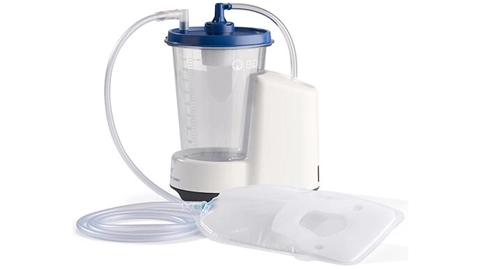
BD Purewick Urine Collection System (for men)
Functional Incontinence – The best choice of urination device for functional incontinence depends on the specific situation of the person involved. The urine output is often similar to the output of a non-incontinence sufferer – they just can’t make it to the bathroom in time. Therefore, if the sufferer is unable to consistently make it to the bathroom in time but still has the ability to control/use a urination device, then the handheld URINATION DEVICE is the best option.
The handheld urination device involves three simple pieces of kit – the collection cup, the drainage tube and the urine collection bottle. The device sucks urine away at around 1.5 L/Min, which is perfect for the normal urine output of an adult. The urine collection cup can be kept beside the bed for the sufferer to pick up whenever they need it. All they have to do is place the cup between their legs and cover the whole private area, relieve themselves, and let the urine drain away into the urine collection bottle. Once the probe inserted into the bottom groove of the urine collection cup senses urine, it will activate the pump in the host and the pump will start suctioning. As such, the posture of the user needs to allow the urine to gather in the correct part of the cup to actually touch the probe, otherwise, the pump will not activate, and the urine will overflow.
With the handheld URINATION DEVICE, the sufferer does not need to wear any equipment throughout the night. As long as the device is turned on and the urine collection cup within reach, the sufferers are good to go, without the help of any family or carers.
For those who are less able to hold the urine collection cup to their body, the URINATION DEVICE wearable version can be worn through the night to collect any urine or leakage. This consists of one wearable urine collection cup, one pair of underwear, one drainage tube and one urine collection cup.
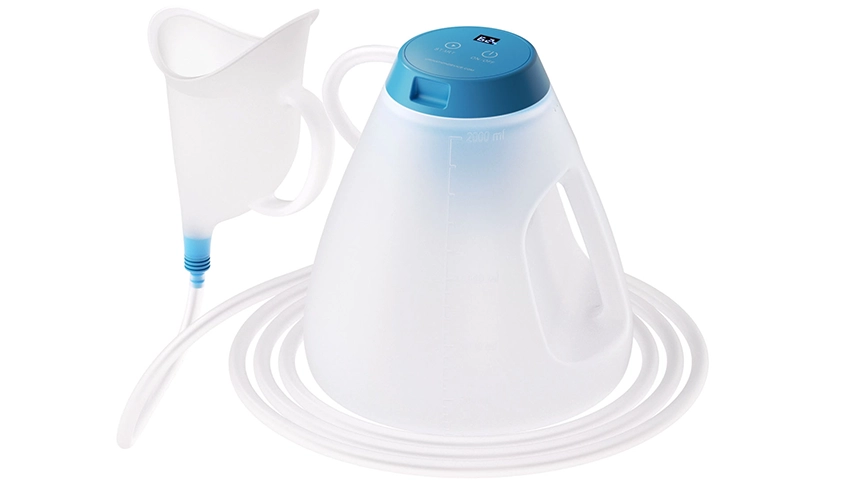
Unisex Handheld Urination Device
Urge Incontinence – A good device on the market for urge incontinence is the wearable URINATION DEVICE, while the handheld version can also be a great choice. For those who suffer from urinary incontinence during the night, the wearable version may be more practical as they won’t have to keep getting up at night or interrupting their sleep.
Mixed Incontinence – This type of incontinence is a little more complicated. Although the sufferer may find adult diapers useful during the day when they can easily change them as they go about their life, the same cannot be said at nighttime. It is often extremely difficult to get up at night every single time you urinate into an adult diaper. As such, an automatic wearable urination device becomes the best option. Since the device needs to be worn throughout the night, comfort and convenience should be taken into account for those with complex health situations.
The Oxygen Concentrator wearable urination device is a fantastic option for mixed incontinence. It combines a series of cutting-edge technologies to provide a comfortable user experience and is also a portable piece of kit. Special care has been taken to use only the finest and most skin-friendly materials. The underwear is made from ice-silk which is breathable and strong. The urine collection cup is made from liquid silicone rubber which can bend without breaking, ensuring a low risk of leakage. The urine collection cup also comes equipped with a sensitive sensor probe to instantly switch on when urine is detected.
Overflow Incontinence – Unfortunately, external urination devices don’t help too much when it comes to overflow incontinence. Sufferers often find it difficult to pass urine from the bladder in general, meaning a urinary catheter is often the more effective choice. The catheter is a narrow tube that is inserted into the bladder to allow for a constant and consistent flow of urine into a collection bag. The use of urinary catheters comes with added pain and risk. They should only be used when a professional is present.
The Foley catheter is a good product to invest in – and is also referred to as an indwelling urinary catheter. They are safer than other urinary catheter options and come in a range of sizes to suit the user. It includes a small balloon at one end that is designed to keep the catheter in place to be used over a long period of time. The collection bag needs to be emptied once every eight hours or so, meaning it will last through the night. You should consult your doctor before investing in a Foley catheter to learn exactly how to insert and change it.
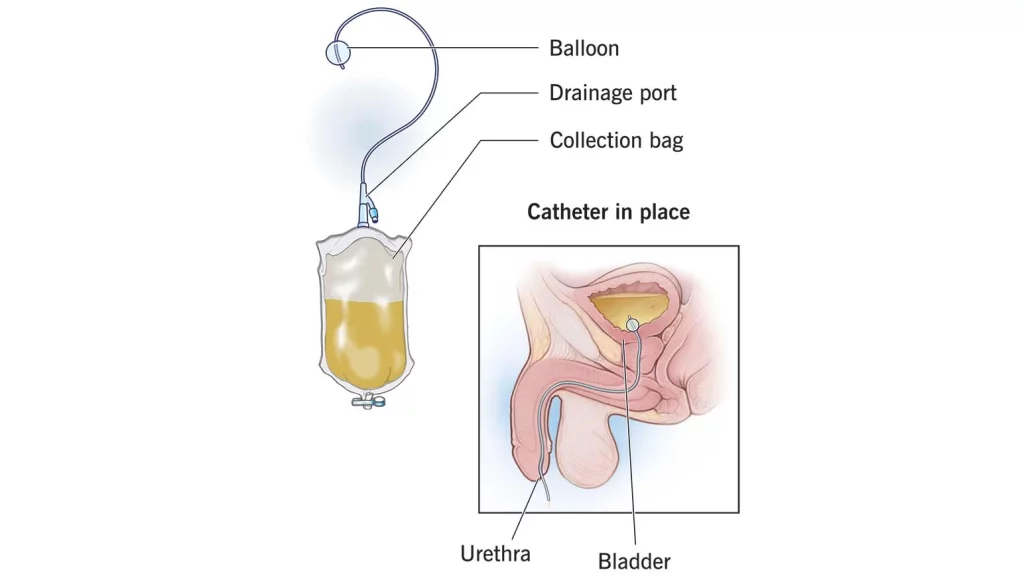
Foley Urinary Catheter
The above recommendations are for reference only. This is not professional medical advice. You should always choose the urination device that best suits you and consult your doctor if you have any questions or concerns.

